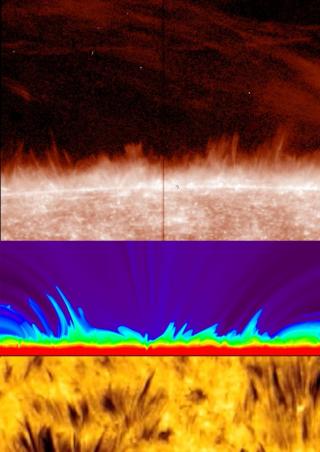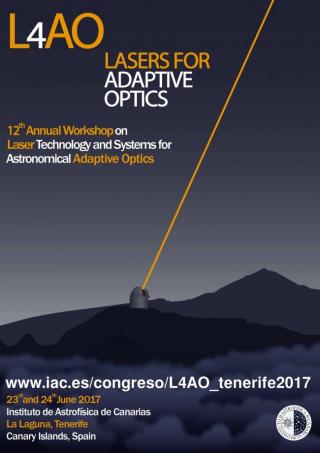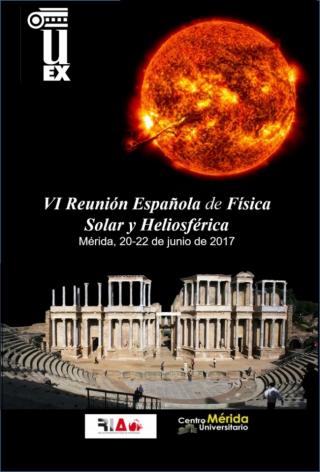
From today, and until Friday the Instituto de Astrofísica de Canarias (IAC) is organizing at the Hotel Botánico in Puerto de La Cruz (Tenerife) this international meeting which will be attended by 300 specialists in this multidisciplinary field.
Advertised on




